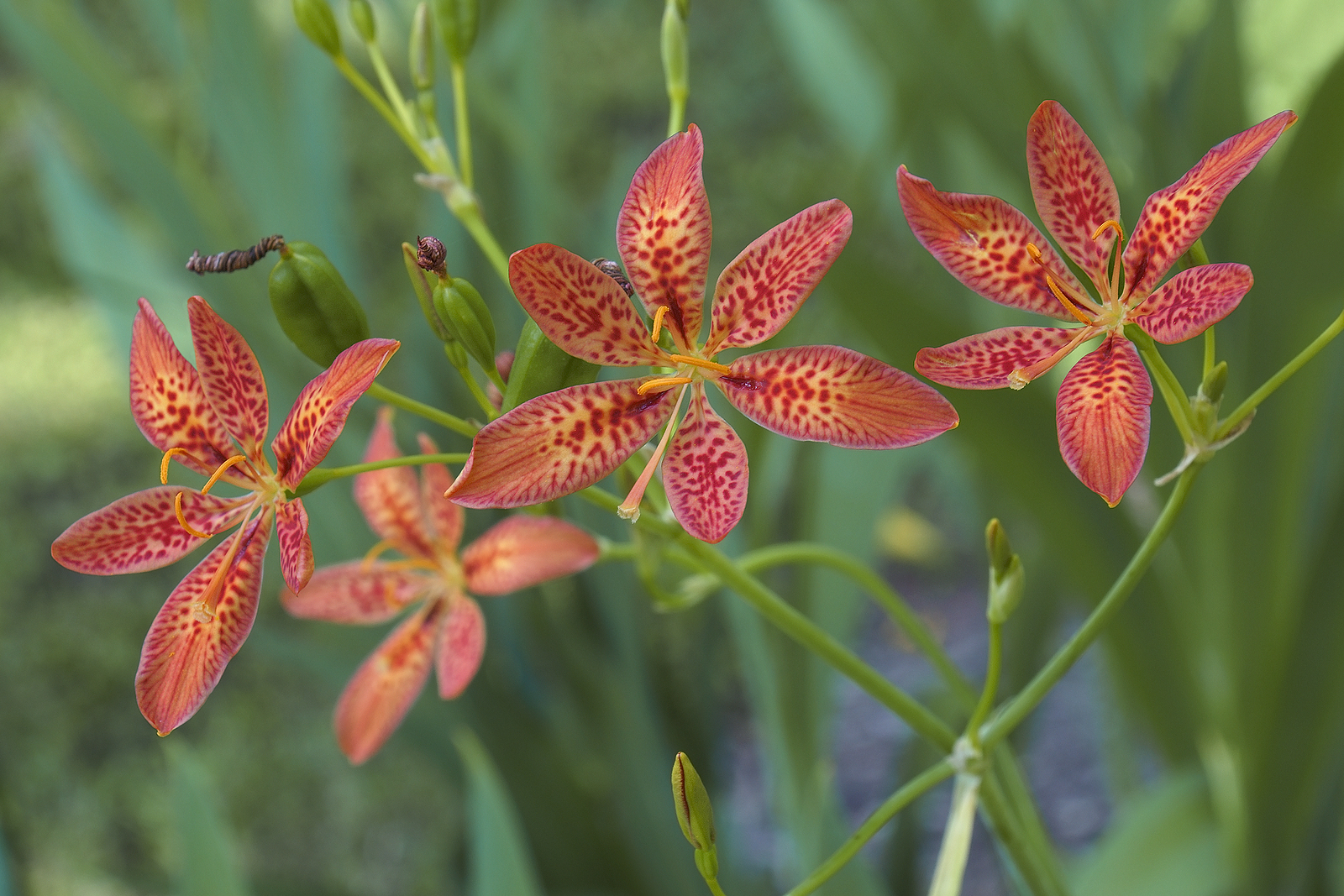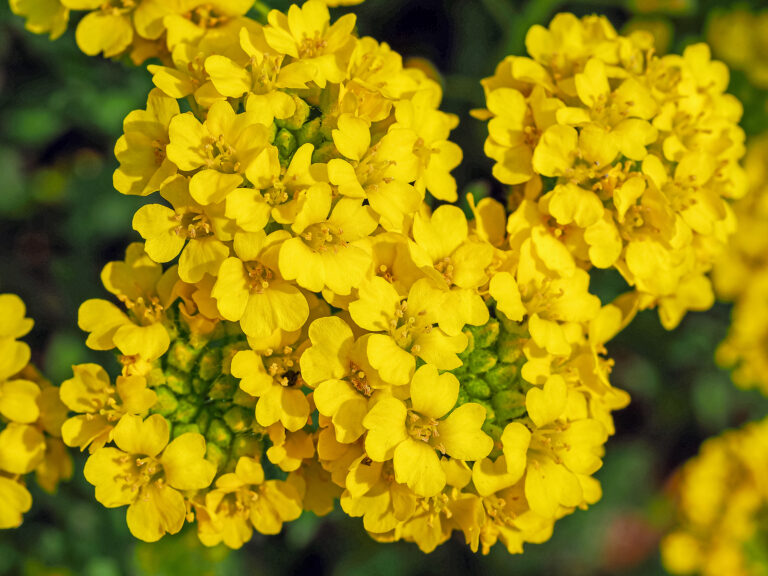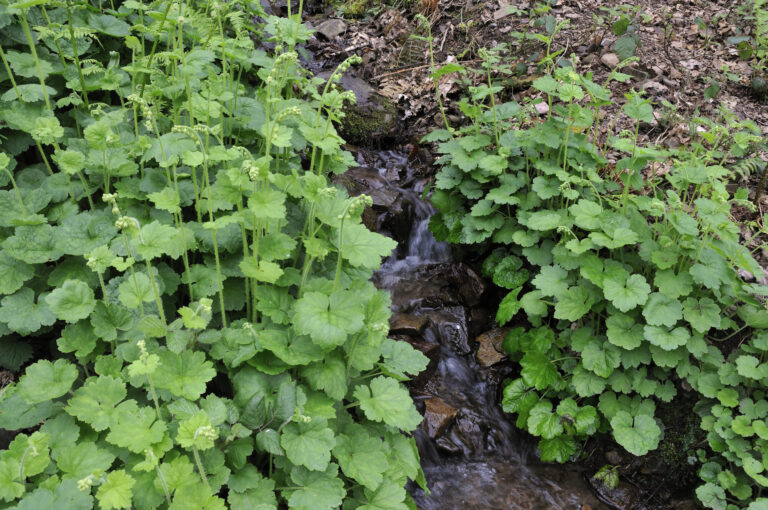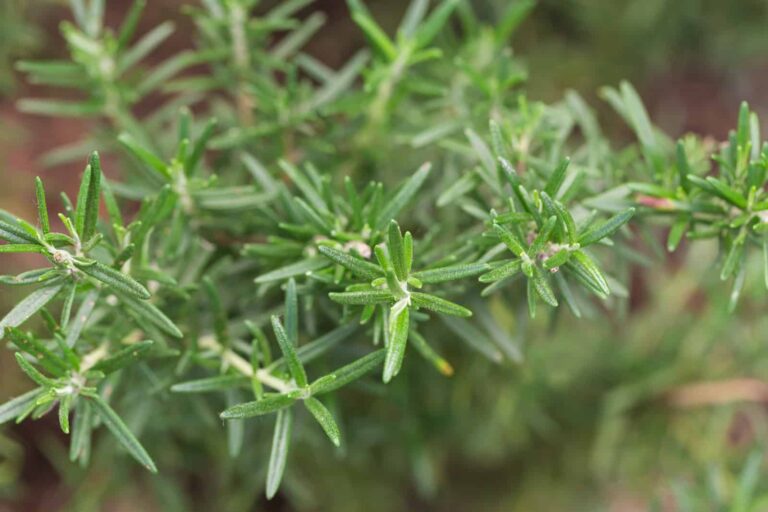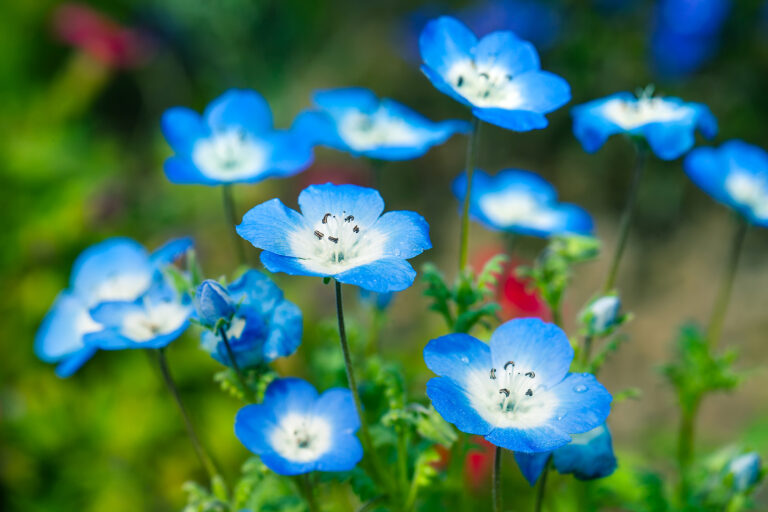How to Grow Belamcanda
Belamcanda–commonly called blackberry lily– bears branched clusters of small yellow-orange flowers. Flowers appear above iris-like fans of sword-shaped leaves that grow from thick, fleshy rhizomes. The flowers are followed by showy clusters of shiny blackberry-like fruits, thus the common name blackberry lily.
Belamcanda is a member of the iris family. It is a perennial that grows from a rhizome. Grow Belamcanda in full sun in average to somewhat rich, well-drained, evenly moist soil. Plants grow well in sandy soil.
Belamcanda is a genus of 2 species of short-lived perennials native to coastal meadows an grassland in India, China, and Japan.
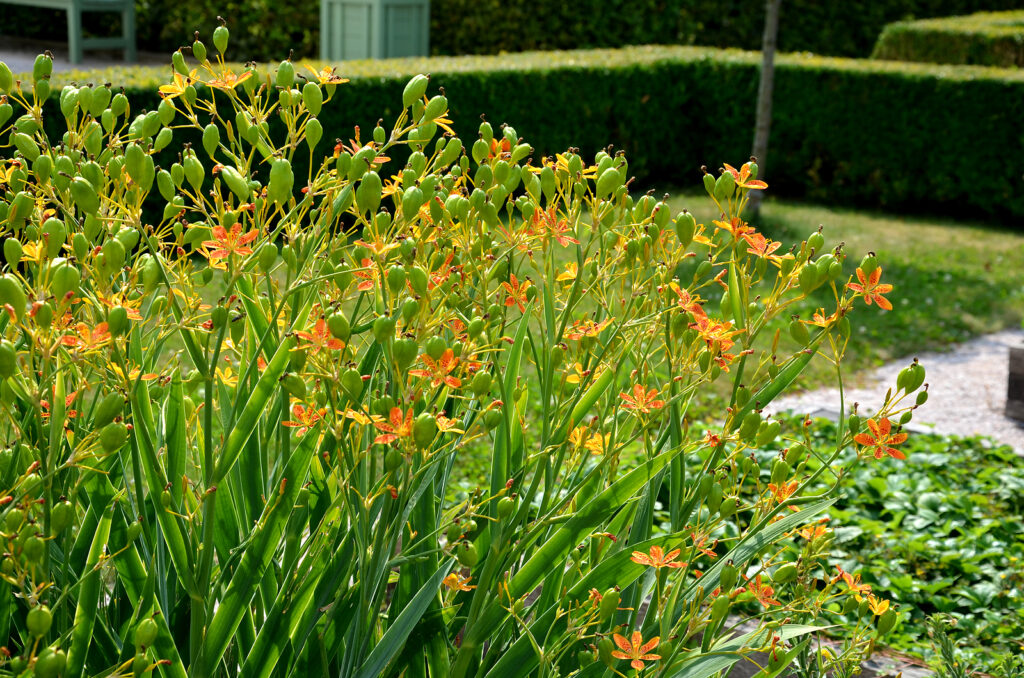
Get to know Belamcanda
- Plant type: Perennial with rhizome
- Growing zones and range: Zones 5 to 10
- Hardiness: Hardy to -10°F (-23°C)
- Height and width: 18 to 24 inches (46-61cm) in leaf, 30 to 40 inches (76102cm) in bloom x 18 inches (467cm)
- Foliage: Iris-like flat fans of tall sword-shaped leaves on zigzagging fleshy rhizomes
- Flowers: Branched clusters of small 1.5-inch (3.8cm) orange or yellow-orange flowers that have six petals called tepals
- Flower color: Yellow-orange
- Fruits: Show clusters of shiny blackberries
- Bloom time: Midsummer; each flower lasts only a day, but new blossoms keep opening for weeks
- Uses: Plant in clumps in a border
- Common name: Blackberry lily
- Botanical name: Belamcanda
- Family name: Iridaceae
- Origin: China and Japan
Where to plant Belamcanda
- Plant Belamcanda in half to full sun.
- Plant Belamcanda in well-drained, sandy soil.
- Belamcanda will not do well in areas with cool, moist summers or wet soil in winter.
Belamcanda uses and companions
- Plant Belamcanda in informal and cottage gardens, best against a dark background.
- Garden companions include ornamental grasses, cushion spurge, blanket flowers, or globe thistles; Coreopsis, Cosmos, Nepeta faassenii, Sedum.
When to plant Belamcanda
- Set container-grown Belamcanda in the garden in spring or autumn.
- Plant Belamcanda seeds in spring.
Planting and spacing Belamcanda
- Plant Belamcanda rhizomes 1 inch (2.5cm) deep in porous soil.
- Space plant 12 inches apart.
How to water and feed Belamcanda
- Keep Belamcanda average water.
- Feed Belamcanda with an all-purpose organic fertilizer in spring.
How to care for Belamcanda
- Deadhead Belamcanda to keep blooms coming.
- Place a winter mulch over Belamcanda in cold winter regions.
Belamcanda pests and diseases
- Belamcanda is susceptible to iris borer and iris soft rot.
- Check Belamcanda for leaf damage in spring; remove and destroy all foliage and stems in fall.
Belamcanda propagation
- Belamcanda self-sows and is short-lived.
- Renew Belamcanda by division in spring every two or three years.
Belamcanda varieties to grow
- Belamcanda chinensis, blackberry lily, leopard flower, produces clumps of erect, sword-shaped 2-foot (.6m) tall leaves topped in summer by branched stems of flowers that reach 2 to 4 feet (.6-1.2m). Flowers are 1-2 inches (2.5-5.1cm) wide and are bright orange or yellow with maroon spots. Beige seed capsules follow the flowers and open to reveal clusters of large shiny black seeds; best in Zones 5 to 9.
- ‘Freckle Face’ is a short version with pale orange blossoms.
- ‘Hello Yellow’ is unspotted.
- X Pardncanda norrisii, candy lily, is 2-3 feet (.6-.9m) tall with violet, cream, orange-red, salmon, or yellow blooms.

